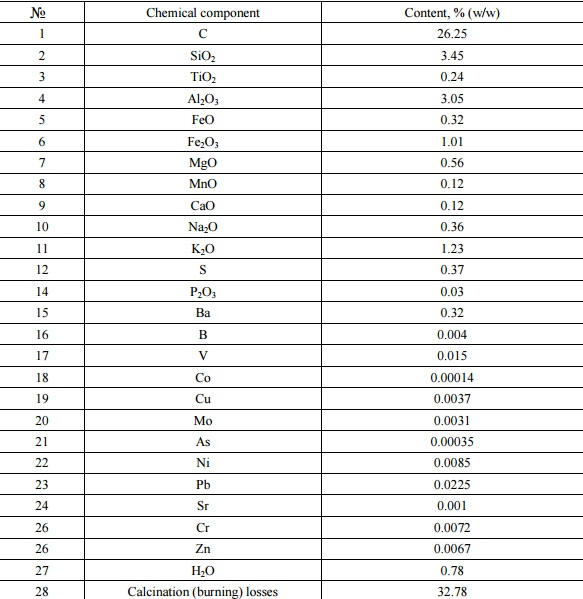Shungite's Physical and Chemical Characteristics
Shungite stones are known for their benefits, from water purification to spiritual healing.
What makes these properties unique? Let's explore shungite's chemical composition and physical characteristics. Scientists attribute its properties to its distinctive structure containing fullerenes.
First and foremost, shungite is widely known for a high amount of carbon in its composition. Regular shungite (type II and III) contains from 30 to 90 percent of carbon, and elite or noble shungite (type I) contains up to 98 percent. Due to such high proportion of carbon shungite’s distinguishing feature is high electrical conductivity (1500 mho/m), which is not typical of other rocks and minerals. This property allows using shungite in production of electrically-conductive paint, cement, bricks, finishing mortars and other materials.
Besides, shungite carbon has unique spherical shape. This new form of carbon is known as fullerenes. Unlike diamond, graphite and carbine, molecules of fullerenes contain pentagonal fragments untypical of nonorganic units. In these molecules atoms of carbon create multilayer spherical globules with strong hydrogen bonds. These globules may contain from a few dozen to a several hundred carbon atoms and may vary in size and shape.
Fullerenes themselves have a number of positive properties. Firstly, they are considered to be the most powerful antioxidants or free-radicals catchers. To put it simply, they protect us from premature aging, improve our skin and protect from other negative influence of radicals. Secondly, fullerenes tend to normalize cellular metabolism, intensify ferment strength and increase cells’ resistance to external influence. In addition, they accelerate detoxification and slow down the growth of cancer cells. Nowadays, doctors and scientists have great hope for fullerenes. Thus, shungite is of great worth as the only natural source of fullerenes.
Moreover, thanks to the fullerene-like structure, shungite is resistant to graphitation and chemical attack, has sorption and catalytic properties. Therefore, shungite is widely applied in reduction-oxidation processes, including, for example, cast iron and ferrous-based alloys making. The same properties allow us to use shungite for water purification.
Other elements

Some scientists claim that alongside with carbon in the form of fullerenes, shungite contains almost the entire periodic table (see the table to learn more). However, the most important fact is that shungite stones contain such minerals and elements as crystalline silica, sulfites and silicates. Shungite carbon is equally distributed in the silicate framework with quartz impurities. This unique combination of carbon and silicates define bactericidal properties and some other processing characteristics of shungite (corrosion-resistance, ecological safety, low abrasion resistance). Thanks to it shungite is considered as a promising mineral in terms of nanotechnologies.
It also makes shungite a complex absorbent efficiently used for water filtering in industry and at home. Shungite is capable of absorbing both organic (oils, phenol, pesticides etc.) and inorganic (chlorine, heavy metals etc.) elements. Its absorbing capacity is approximately 20 m2/g. In general, absorbing up to 95 percent of water polluting substances shungite maintains its optimal micro-mineral composition and endues with therapeutic properties.
Bipolarity
Another distinguishing feature of shungite is bipolar properties of its molecules. It results in high adhesion ability of shungite molecules and ability of shungite to mix with other organic and non-organic substances. This characteristic of shungite is efficiently used, for instance, in beauty industry. Shungite-based beauty products usually contain a complex of vitamins, essential oils and other natural ingredients (vitamin E, vitamin B3, olive oil, shea butter etc.) that allow intensifying ultimate effect since natural ingredients tend to perform better together.
Other physical characteristics
Speaking briefly about some other physical properties of shungite, it is necessary to mention that raw unpolished shungite stones are really fragile. It is sometimes even called glassy carbon. However, any further processing increases firmness of the mineral.
Alongside with electrical conductivity shungite stones are characterized by thermal conductivity (3.8 W/m.K) resulted from its void structure (up to 5 percent). Thanks to it shungite is applied to create heating units, heated pavements and roads and ice removal systems.
Thus, taking into account the above mentioned information we can make a conclusion that chemical composition and fullerene-like internal structure of shungite stones define almost all unique properties of this mineral which you can experience by bringing some shungite items into your life.
